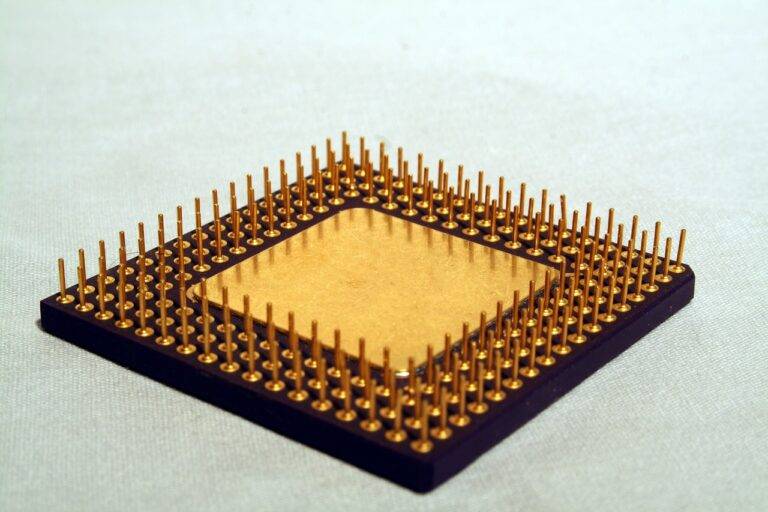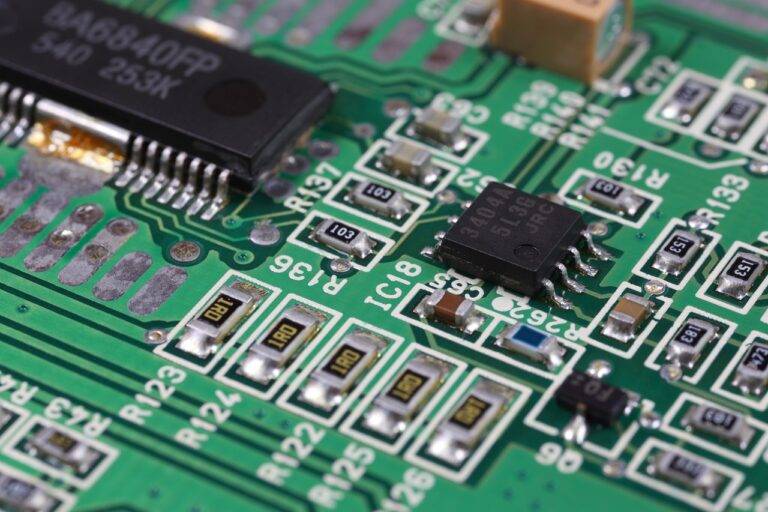Enhancing Agricultural Efficiency with Drone Technology
Drones have the potential to revolutionize the agricultural industry by providing farmers with valuable insights and data that were previously difficult to obtain. These unmanned aerial vehicles can capture high-resolution images of entire fields in a short amount of time, allowing farmers to accurately assess crop health and identify areas that require attention. By using drones, farmers can monitor crops more efficiently and make informed decisions to optimize yield and reduce input costs.
Furthermore, drones equipped with advanced sensors can detect plant stress, pests, and diseases early on, enabling farmers to take timely action to mitigate potential damage. This proactive approach to crop monitoring can significantly improve overall yield and crop quality. In addition, the use of drones in agriculture can help farmers comply with environmental regulations by facilitating targeted applications of fertilizers and pesticides, minimizing waste and reducing the impact on the environment.
Benefits of Using Drones for Crop Monitoring
Drones have revolutionized crop monitoring by providing real-time data and high-resolution images of agricultural fields. This technology allows farmers to closely monitor crop health, identify areas of stress or disease early on, and take timely corrective actions to maximize yields. With drones, farmers are able to quickly survey large areas of land that would otherwise be time-consuming and labor-intensive to inspect manually.
Furthermore, the use of drones for crop monitoring can significantly reduce costs associated with traditional methods of field scouting. By utilizing drones, farmers can accurately assess the overall health of their crops without the need for extensive human labor or expensive equipment. This streamlined approach not only saves time and resources but also improves the overall efficiency of agricultural operations.
How Drones Can Improve Irrigation Management
Drones have the potential to revolutionize irrigation management in agriculture. By utilizing drones equipped with advanced imaging technology, farmers can obtain real-time data on soil moisture levels, plant health, and irrigation needs across their fields. This allows for more precise and targeted water application, reducing water wastage and promoting efficient irrigation practices.
In addition, drones can quickly identify areas of over-irrigation or under-irrigation, enabling farmers to make timely adjustments to their irrigation schedules. With the ability to cover large swaths of land in a short amount of time, drones offer a cost-effective solution for monitoring and managing irrigation systems, ultimately leading to improved crop yields and sustainability in agriculture.
Drones equipped with advanced imaging technology provide real-time data on soil moisture levels, plant health, and irrigation needs
Allows for more precise and targeted water application, reducing water wastage
Helps identify areas of over-irrigation or under-irrigation for timely adjustments to irrigation schedules
Cost-effective solution for monitoring and managing irrigation systems
Leads to improved crop yields and sustainability in agriculture
How can drones benefit agriculture?
Drones can benefit agriculture by providing real-time data on crop health, allowing for early detection of pests and diseases, optimizing irrigation management, and improving overall farm efficiency.
What are the benefits of using drones for crop monitoring?
Using drones for crop monitoring allows farmers to quickly and accurately assess crop health, identify areas of stress or disease, and make informed decisions about irrigation, fertilization, and pest control.
How can drones improve irrigation management?
Drones can improve irrigation management by providing detailed aerial imagery of fields, allowing farmers to identify areas that are over or under-watered. This data can help farmers optimize their irrigation schedules, reduce water waste, and improve crop yields.






